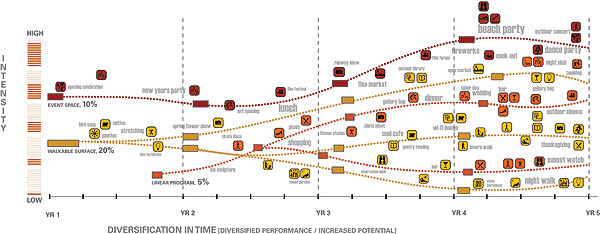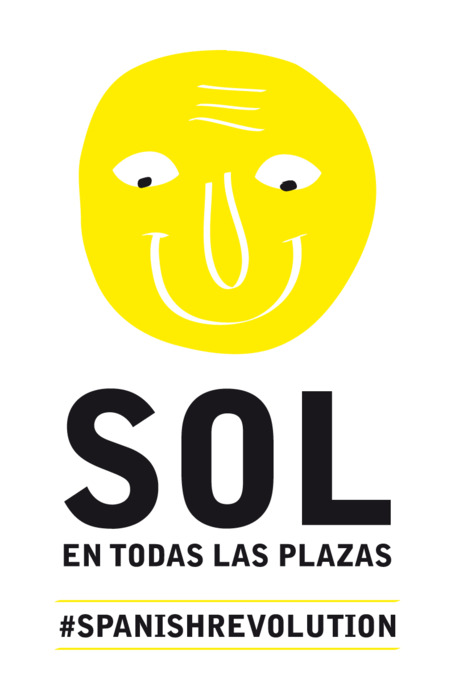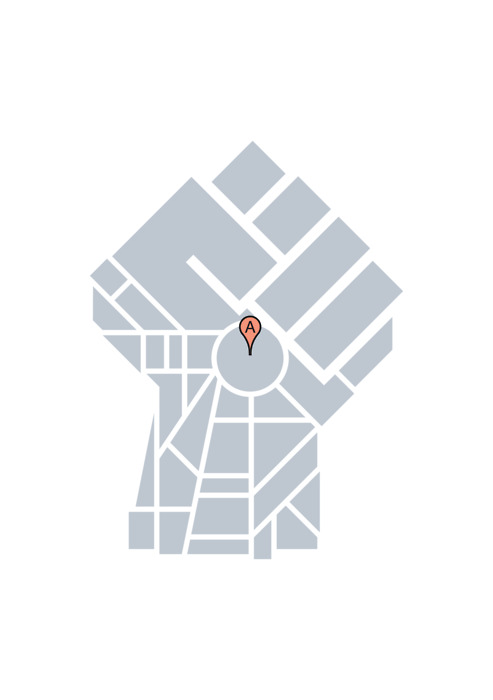June 2011
Followers and Leaders

Conversation this weekend about food trucks in New York City working to update 30-year-old laws governing street vending: though Twitter is touted as a way for fans to locate your wandering concession, it turns out that having a large number of Twitter followers doesn’t necessarily lead to more business. But it does get you a meeting at City Hall — Council members want their names Tweeted favorably to all those virtual constituents!
Gay Marriage in NY
Quick sketch tonight:
NYT:
“On Friday night, as the Senate voted, a crowd jammed into the Stonewall Inn, where televisions were tuned to the Senate hours before the vote began. Danny Garvin, 62, said he had been at the bar the night of the riot, and came back to watch the Senate debate Friday. On the streets where police beat gay men in 1969, on Friday crowds cheered, as police quietly stood watch.”
From riots to public policy in just 40 years.
And barely two hours after the Senate vote, nyc.gov has posted an FAQ!
“With the passage of the Marriage Equality Act, people from all over the country and all round world are asking the question: can I come to New York City and get married? The answer is yes! Whether you're a lifelong local or someone who has dreamed of coming here your entire life, New York City is the ultimate spot for you to tie the knot.”
Free Postcard Printing
 Know a campaign that could use some free postcards?
Know a campaign that could use some free postcards?
Next Day Flyers does beautiful postcard printing and is offering one of my readers 250 free 4"x6" postcards, printed in full color both the front and back. They will include ground shipping to anywhere in the continental U.S.
To enter, just leave a comment on this post before midnight EDT Monday, June 27, 2011. You must be 18 or over to enter and must include your email address. (It will not show publicly on the site.) One commenter will be chosen at random to win the free printing.
Update: Comments are now closed. Congratulations Catherine!
ICC Indictments

Since its founding in 2003, the International Criminal Court has issued 26 indictments. Not saying the charges aren’t warranted, but there seems to be a geographic pattern here. See also.
No More Blood / No Más Sangre
The National Citizens’ Caravan for Peace with Justice and Dignity has traveled through Mexico and into Texas calling for the end to the so-called “war on drugs,” saying it’s only leading to more violence and to more drugs.
It’s a sober and visual affair with rallies, vigils, banners and posters — and this graphic in particular caught my eye. Designed by Alejandro Magallanes, it’s distinctive and modernist spare, camera friendly and vaguely echoes a civic pattern, but in its combination of text and symbol, also works in both English and Spanish.
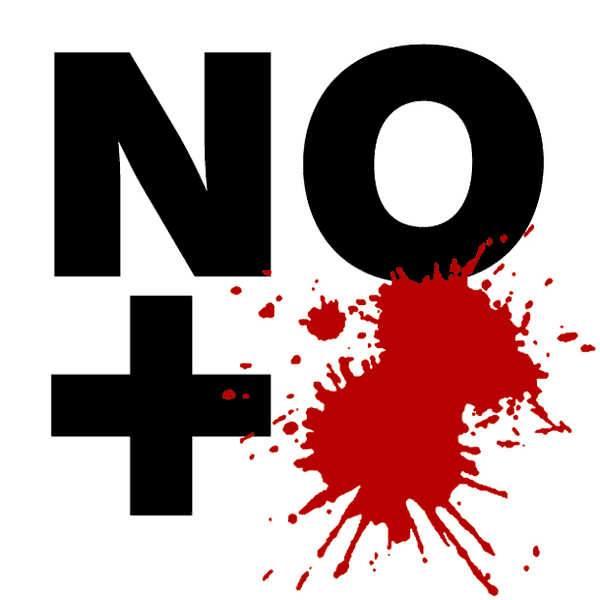
Mexican poet Javier Sicilia led the caravan following the brutal murder of his 24-year-old son by drug traffickers earlier this year. The caravan’s demands include an end to the Merida Initiative, in which the United States provides training and support for the Mexican army in its “war on drugs.” Related protests have occurred in over 40 Mexican cities, including an estimated 50,000-strong demonstration in Cuernavaca and 20,000 in Mexico City.
Design with the Other 90 Percent: Cities
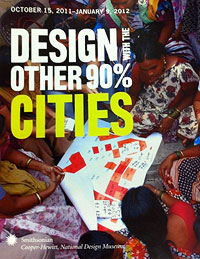
I would argue that the biggest events in design for social impact this year were not in sustainable design, service design, or design innovation, but in civic space: people rising up, occupying their cities, streets, and public squares, and using graphics, their bodies, and their cities as both place and medium to express themselves and shake the pillars of state across west Asia, north Africa, and southern Europe.
So it’s with some interest that I’m looking forward to Design with the Other 90 Percent: Cities, an upcoming exhibition organized by the Cooper-Hewitt. I was somewhat skeptical of the previous incarnation, the 2007 Design for the Other 90%, wherein the national design museum took a break from its usual curatorial criteria to focus on appropriate technology gadgets. Indeed, a more critical eye would have been welcome: the XO Laptop is aesthetically pleasing and swaddled in do-good discourse, but has otherwise been roundly criticized as a failure. Likewise, the LifeStraw, featured on the exhibition catalog cover itself turns out to be a carbon trading scam.
But the museum is having another go. To my delight the idea of design for social impact has been institutionalized and in October a second exhibition will focus on design for social impact and cities. This time the exhibit will take place at the United Nations while the museum is under renovation — a fortuitous move that nudges it quietly into the realm of advocacy.
And finally (and just as important) the name has been edited from design for to design with. It’s a promising change.
The High Line, Part 2

The second section of The High Line opened to the public today. Once slated for demolition, the depression-era elevated railway has been converted into a unique public park running along the west side of Manhattan. The new section extends the Line another ten blocks — nearly doubling the park’s previous length. I’ve written about the Line, the amazing grassroots campaign behind its rescue and redevelopment, and their strategic use of graphics. And though I use these graphics below in presentations about campaign communication, I’ve never posted them here.
These infographics were produced by James Corner Field Operations and used in community meetings early in the redevelopment process. The images are more impressionistic than quantitative, but they really capture a sense of the vibrant growth, use, flora and fauna projected over the first 5 years of the Line. What New Yorker wouldn’t want to be right in the middle of that cluster of flowers and birds (especially if they didn’t have to leave Manhattan?)
For the full effect, click below for higher resolution versions.
What these graphics don’t capture is the incredible economic impact of the the Line. Gentrification in the Meatpacking District was underway well before redevelopment of the Line began, but the transformation of the far west side has astonished many. But then that was perhaps a different presentation — one of the first tactical moves of the campaign to save the Line was an economic redevelopment and feasibility study. That certainly has paid off.
Posters for the #spanishrevolution
Friends at un mundo feliz sent this call for type-driven posters to support the Spanish revolution and other social movements in Europe now. Posters are available for download at voces con futura and here's a gallery view of the posters thus far. Here are a few that caught my eye.
The latter two refer to Puerta del Sol in the heart of Madrid where major demonstrations took place in May.
Dark Girls
One of the most moving videos I’ve seen in a while, Dark Girls: Preview is from an upcoming documentary exploring deep-seated attitudes about skin color and women in the U.S.




